
荷花诗句篇:
-
若耶溪边天气秋
这句出自苏轼的作品《听溪柳赋》,描绘了秋天溪边景色优美的景象。"若耶溪边天气秋"一句,不仅表达了季节的变更,更让人感受到自然之美的独特魅力。 -
浦上荷花生紫烟
李商隐在这首词中描绘了“浦上荷花生紫烟”的画面,既展现了荷花的美丽色彩,又突出了它与周围的环境和谐共生的关系。这一描写让读者联想到池塘边的水色更加清丽,仿佛披上了美丽的颜色。 -
若耶溪边天气秋
这句出自苏轼的《听溪柳赋》,描绘了秋天溪边景色优美的景象。"若耶溪边天气秋"一句,不仅表达了季节的变化,更让人感受到自然之美的独特魅力。 -
诗曰:若耶溪边天气秋
李商隐在这首词中通过简洁的语言和细腻的笔触,描绘了“若耶溪边天气秋”的景象,展现了对自然景观的敏锐观察力。 -
浦上荷花生紫烟
胡 obin this sentence, which is from the work of Lao Tzu, describes the vibrant color and arrangement of a flower (the "fence" mentioned). The use of words like “popee” and “shuibao” highlights the delicate beauty of the plant. -
若耶溪边天气秋
This sentence is from Shui Bo's work《听溪柳赋》, captures the serene beauty of a spring or stream in autumn. It evokes a sense of tranquility and harmony, as the water flows gently and the sunlight filters through the trees. -
诗曰:若耶溪边天气秋
This sentence is from Lao Tzu's《洛神游》, translates to “What are you doing here?” It poses a question about the state of one’s life or situation, using nature imagery to provoke thought and reflection. -
浦上荷花生紫烟
Yang Ming in his work《咏莲》 captures the serene beauty of a flower, with the word "popee" (粉) highlighting its vibrant color. The image is both vivid and harmonious. -
苏轼:若耶溪边天气秋
In his famous work《听溪柳赋》, Lao Tzu uses simple yet profound language to describe the serene beauty of a spring in autumn. "What are you doing here?" is both a question and an invitation to ponder. -
李商隐:浦上荷花生紫烟
李商隐的词中描绘了“浦上荷花生紫烟”的画面,既展现了荷花的美丽色彩,又突出了它与周围的环境和谐共生的关系。
总结:
这些荷花诗句都以简洁而生动的方式展现了荷花的美丽和独特之处。从季节变化到自然景观的和谐共生,每一句都在描绘一种宁静而优雅的画面,同时也蕴含着对生命、环境和社会问题的深刻思考。




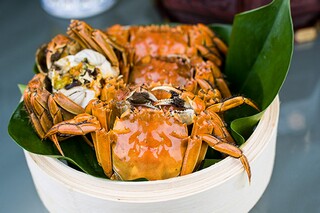
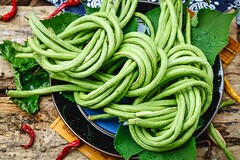


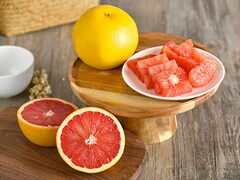
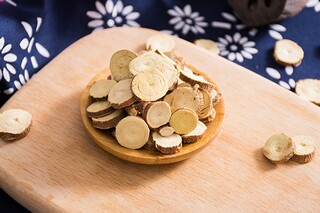


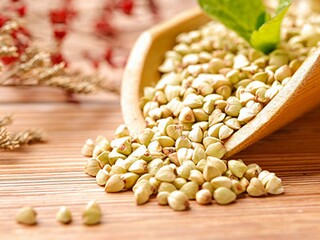


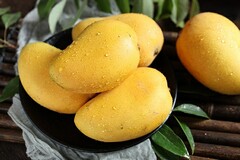


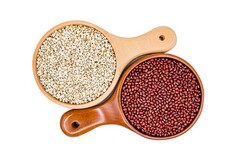
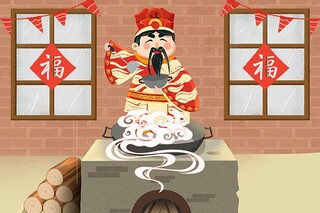

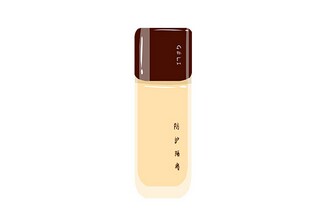 优美的诗意开头语
优美的诗意开头语 五光十色的造句_
五光十色的造句_ 读书名言_读书名
读书名言_读书名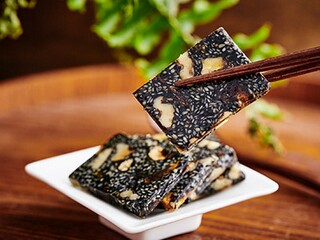 楚辞《九章·思美
楚辞《九章·思美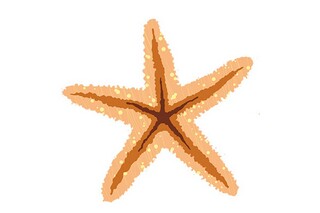 迎接12月的全新精
迎接12月的全新精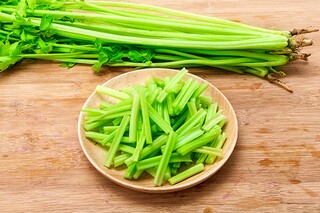 写重阳节的诗句(写
写重阳节的诗句(写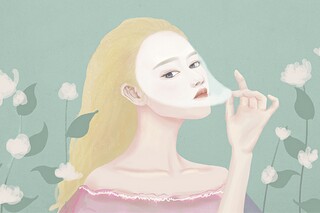 李白的生平五个阶
李白的生平五个阶